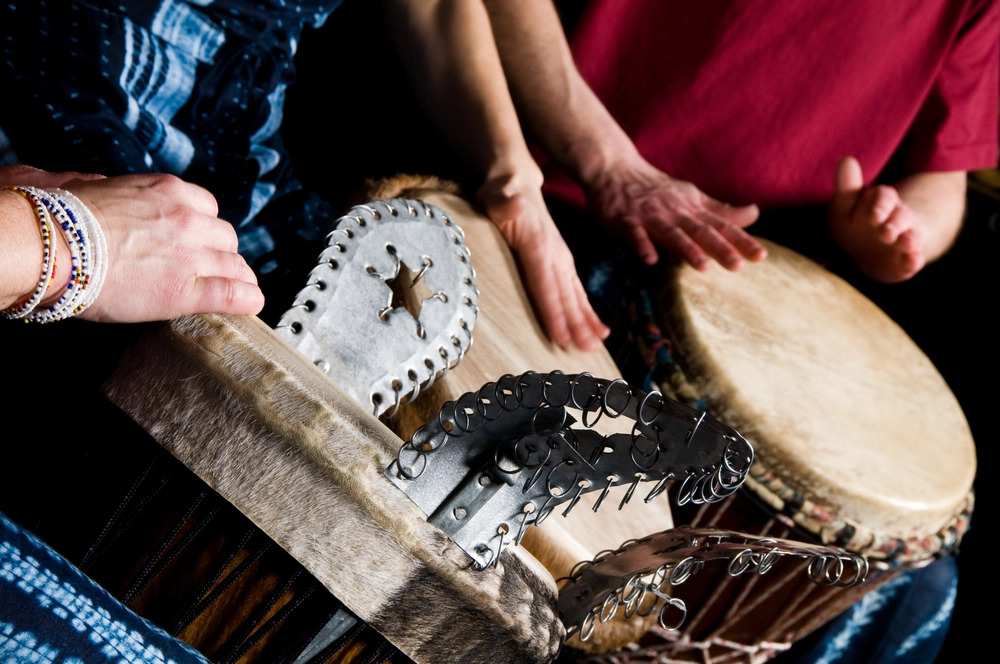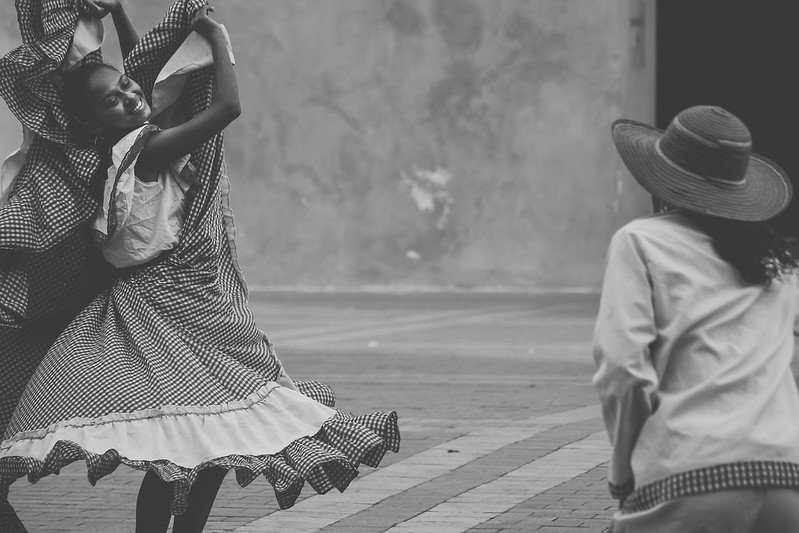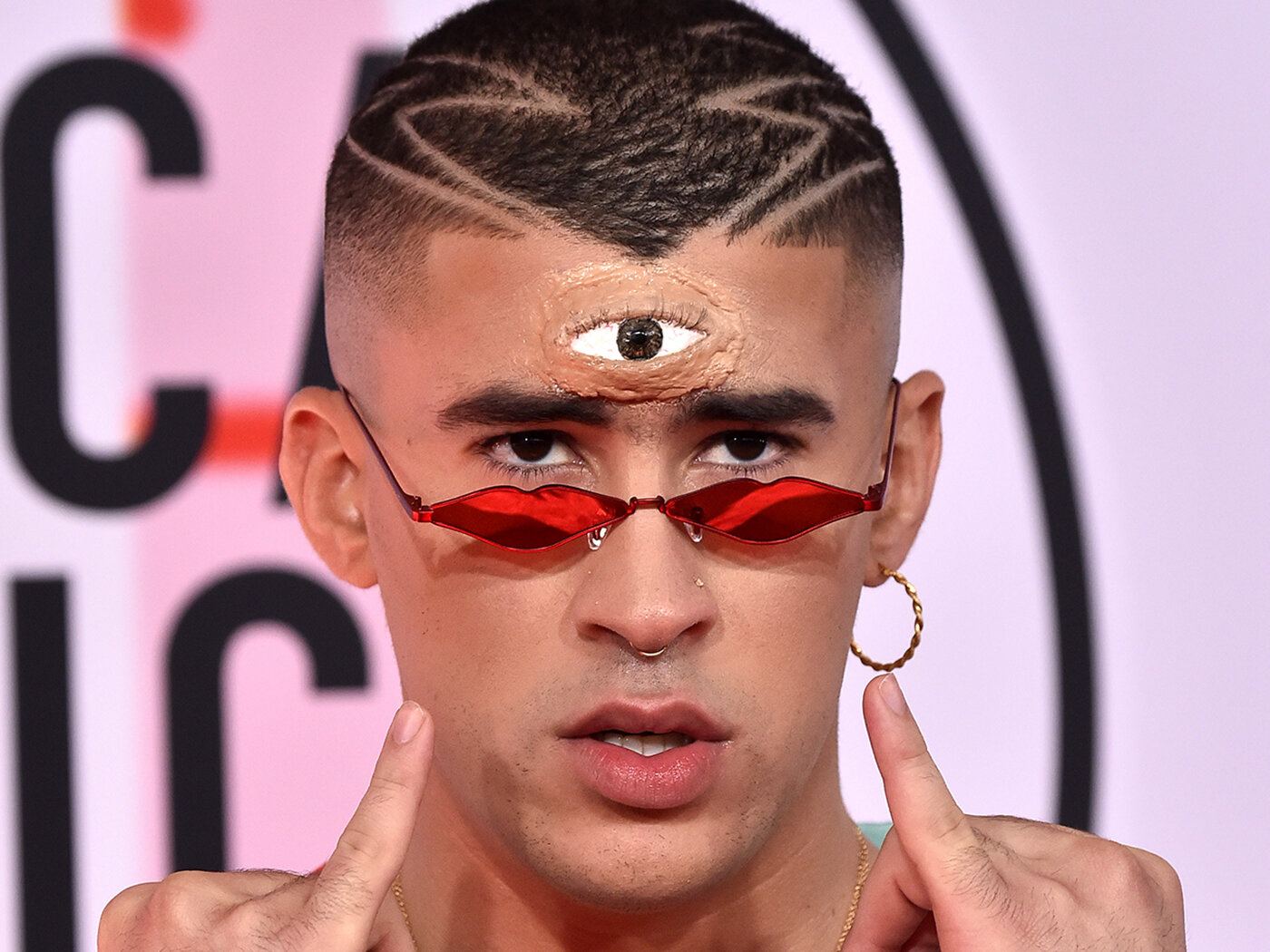
Here’s why Cumbia dance and music are making waves in the music biz
Cumbia has been part of the musical DNA of Latin America for as long as there’s been recorded music, and has undergone several changes over the years, but it remains vital and popular as ever. In fact, one could argue that the influence of cumbia has been at the heart of the crossover success that several Latin American artists have had in this decade.
A recent article by NPR referred to Cumbia as the “musical backbone of the continent” and it’s easy to see why: it blends the best musical components from the Europeans, the American Indigenous peoples, and the European-enslaved Africans and produces a sound that is both elemental and universal.
Here’s what you need to know about Cumbia and its success in the modern day.

Musical origins
Cumbia can be traced back to the 19th century. It’s believed to have been invented by enslaved Africans who lived on the coasts of the Caribbean. It was there, and on the coast of Colombia, that drums and flutes were added to flesh out the sound. Further down the line saw the introduction of the European accordion.
Despite the source of its origins, Cumbia didn’t really gain traction in the United States until the 1940s, when Mexican artists like Luis Carlos Meyer Castandet, Rafael de Paz and Tony Camargo. These artists blended Cumbia with mariachi flourishes, resulting in a stylistic offshoot that was specific to Mexico.
The lineage gets even weirder from there. Peru underwent a fascinating transformation with Cumbia in the 1960s, resulting in a subgenre known as “chica.” It blended Cumbia stylings with psychedelic rock and guitar solos more in common with English-speaking bands like the Beatles and the Jimi Hendrix Experience.

Modern Cumbia
Cumbia has continued to thrive in different iterations in the modern day. Selena, one of the biggest Spanish-language stars of all time, scored one of her defining hits with “Baila Esta Cumbia” in 1990.
Calle 13, musical trailblazers who refused to be hemmed in by reggaeton tradition, released the satirical “Cumbia de Los Aburridos” on their second album in 2007. Bad Bunny, who has been Spotify’s most-streamed artist in the world for two years, has been open about the influence that the genre has had on his music.
He released a Cumbia remix of his song “Party” featuring Rauw Alejandro, and one of the standout cuts, “Ojitos Lindos”, on his 2022 album, Un Verano Sin Ti, featured a collaboration with the Cumbia-fusion act Bomba Estereo. Musically speaking, huge artists like Bad Bunny and ROSALIA are more daring than ever, leading to more discussion of Cumbia and the way it can be modernized and tweaked.

Lasting impact
What makes Cumbia so distinct is its broad appeal. Salsa, merengue, and bachata are popular throughout Latin America, but they do have regional pockets where these are most played. Cumbia bucks that trend by being present in nearly every Latin American country, and being specifically tailored to each of them.
It’s a fascinating genre to track throughout the years, because it never stays stagnant for very long. It’s so pliable yet recognizable that it can mesh with any other kind of musical style.







